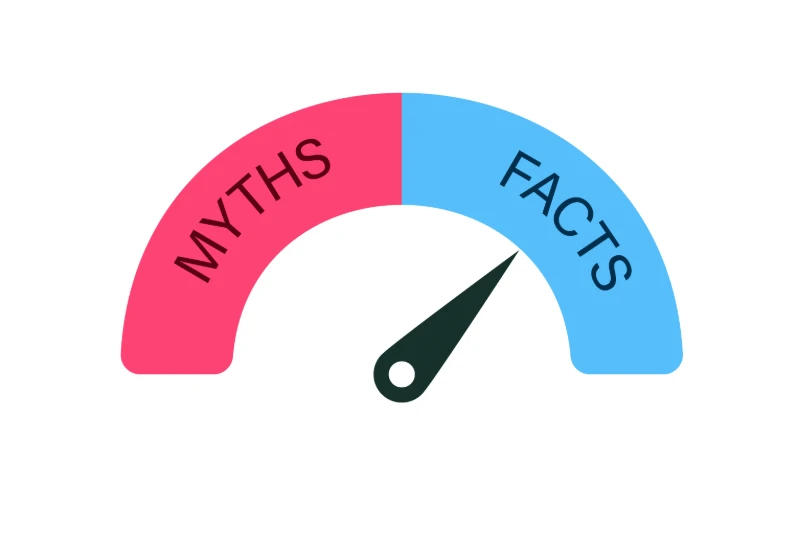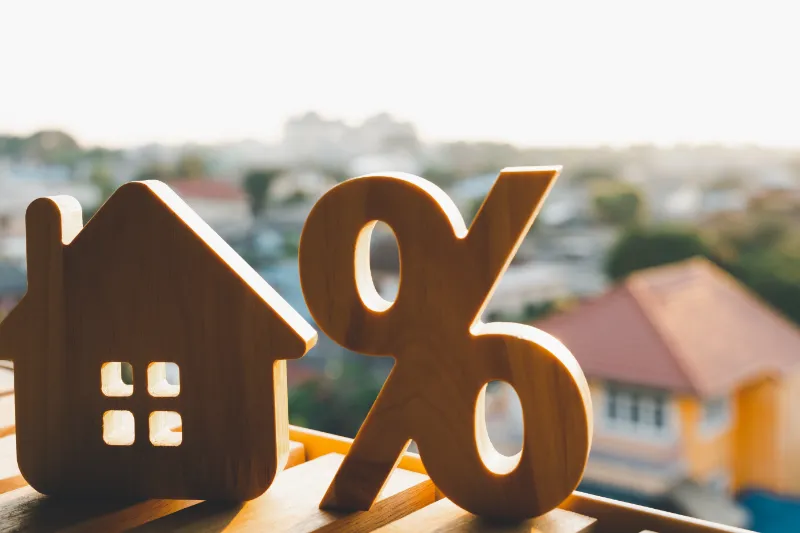When it comes to getting a mortgage, there’s no shortage of misinformation. Many homebuyers, especially…
How to Get a Lower Interest Rate on Your Mortgage
Are you looking to refinance your mortgage for a lower interest rate? Here’s what you need to know.
When is the right time to refinance? Refinancing your home can have several benefits, but one of the best reasons to do it is to get a lower interest rate. You can refinance your home and reduce interest payments as interest rates fall.
Traditionally, lowering your interest rate by at least 2% is believed to save you a significant amount of money. However, reducing your interest rate by 1% makes sense. Keeping these “rules” in mind is helpful. Still, they need to understand fully how refinancing affects your unique situation. Your situation can be a deciding factor on whether to refinance.
For instance, your original interest rate could be high. Even when rates are rising in the market, you may still be able to get a lower rate on a refinance. It may be a good idea to refinance before interest rates rise any higher.
Furthermore, improving your credit score can help you get a better rate regardless of what the market is giving.
So, what is the bottom line? How much lower can you get compared to the rate you already have?
What does a lower interest rate mean? We know that a lower rate saves money on interest, and these savings can stack up over time.
However, many people need to realize that refinancing for a lower rate can also reduce your monthly payments, which means more savings in the short term. Lower monthly payments are a game-changer. It’s easier to pay off your mortgage, and you build more equity you can build in your home.
Remember that refinancing means you will need to pay additional fees and closing costs. Still, they are minimal when compared to a purchase. When working with a mortgage pro, make sure to go over those costs. You want to determine whether these additional costs will be worthwhile in the long run.





